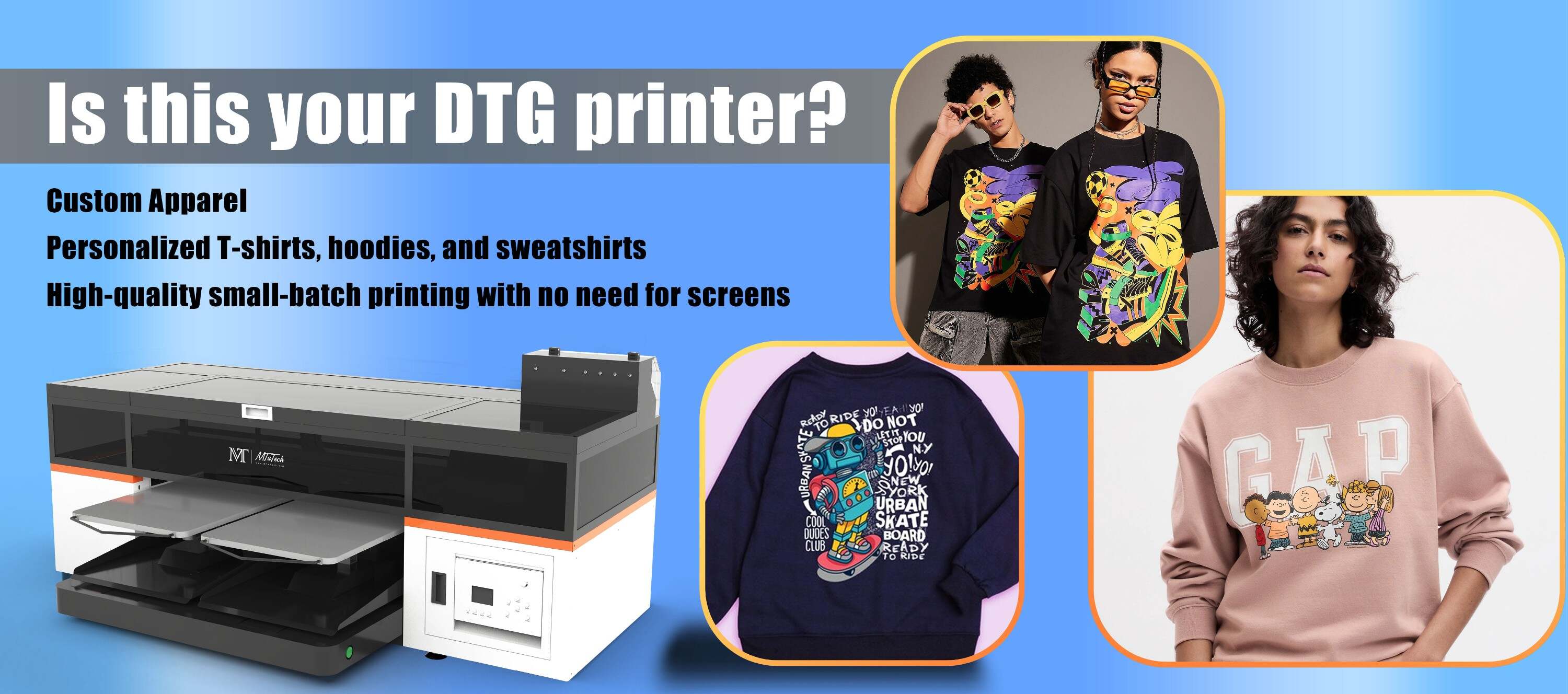
In this global era, customer preferences lean more towards environment-friendly products. This shift in customer demand has influenced many companies to adopt eco-friendly measures in their manufacturing process. One such type of product that has embraced this change is Direct to Garment (DTG) printers. Let us shed some light on what makes a DTG printer eco-friendly, discuss its benefits, enumerate its features, and explain why it’s a worthy investment.
Introduction
DTG printing or Direct to Garment Printing is a digital process in which an image is printed directly onto a textile or cloth material through a printer. The eco-friendliness of DTG printers stems primarily from their efficient use of inks and power, minimization of waste, and elimination of harmful chemicals from their production and operation processes.
Benefits
Reduced Waste
Traditional screen printing methods generate a significant amount of waste, including excess ink, water, and unrecoverable substrates. Conversely, DTG printers employ a precise application of ink, significantly reducing excess waste. This efficiency not only makes them a more budget-friendly option but also a greener choice.
Use of Eco-Friendly Inks
The inks used in DTG printers are water-based, non-toxic, and free of heavy metals. These inks meet the strictest industry standards, making them safe for use on clothing, like baby clothes and underwear, that require a high level of safety and hypoallergenic properties. By minimizing the involvement of harmful substances, DTG printers underscore their commitment to the environment.
Energy Efficient
DTG technology has a relatively low energy consumption rate as compared to other printing methods. Their optimized power usage results in a diminished environmental footprint, thus upholding the printer's eco-friendly status.
Features
Superior Print Quality
The exemplary print quality offered by eco-friendly DTG printers outshines conventional printing systems. Even though these printers use environmentally friendly inks, they deliver bright, clear and durable prints.
Lower Production Costs
With minimized waste, low energy consumption, and cost-effective ink usage, the production costs involved in using a DTG printer are significantly lower. These savings directly translate into reduced carbon footprint, promoting an overall eco-friendly operation.
Versatility
DTG printers provide the ability to print on a wide range of fabrics, including cotton, polyester, and blends. With the appropriate ink type, these printers can produce vibrant prints on light and dark fabrics alike.
Speaking of DTG printers, you might want to explore our high-quality DTG printers here. Not only are these printers eco-friendly, but they also maintain the highest standards of quality and efficiency.
Conclusion
To conclude, eco-friendly DTG printers are significantly transforming the printing industry by merging high-quality output with sustainable practices. These printers offer a win-win solution, delivering premium prints while contributing positively towards the environment.
FAQ Section
Can DTG printers print on any type of fabric?
Yes, DTG printers have the capability to print on a wide range of fabrics, including cotton, polyester, and blends. The quality of printing is maintained across different types of fabrics.
Do DTG printers compromise on print quality to be eco-friendly?
No, despite using eco-friendly inks and practices, DTG printers do not compromise on print quality. They are known to deliver vibrant, clear, and resilient prints.
Are DTG printers cost-effective?
Absolutely! With their efficient use of ink, minimization of waste, and low energy consumption, DTG printers help save on production cost and make them a worthwhile investment in the long run.
